Vivek P. Kapadia Former Secretary, Government of Gujarat
Share Post
India has been heading along the way to be the leading economy of the world. Infrastructural development has attained an amazing pace. But at the same time, existing infrastructure awaits maintenance and repairs whose scale is unbelievably large. In all, a lot of resources are being consumed and spent on national development which include soil, sand, lime, rock, metals, etc.
Engineering designs require specific type of natural materials likesoil, sand, rocks, etc. for various components of the projects, and, at times, materials available in the vicinity do not meet the specifications. As a result, several issues are encountered during execution. A few to count - all ongoing and upcoming projects need to fetch the right quality material in requisite quantity from long distances which leads to time and cost overrun, in some cases quality of the materials is compromised affecting performance and lifespans of the projects and sometime design variations become mandatory leading to contractual bottlenecks. All these limitations are being faced in many parts of the world these daysand exactly this is the point that puts a question mark against sustainability of the development that we have been approaching.
Advancement in material science has been struggling to overcome the availability related challenges and to address the sustainability aspect at the same time. This has re-galvanized several design philosophies and methodologies. Deriving inspiration from ancient techniques and design methodologies applied to geotechnical and structural problems of the real world,
scientists have come out with newer materials to meet the present challenges. Technical textile or geosynthetics is one such material.We stand awestruck seeing the Great Wall of China and the walls of giant towers of Babylonia built using natural stalks as reinforcements in the muddy stuff which are still standing as the proofs of the ancient wisdom on design and construction of
reinforced earth walls. Tall and slander constructions were made using natural reinforcements in the olden days. In the recent past,André Coyne and Henri Vidal showed how steel reinforcements could be used for design of R.E. Walls. Today we have developed advanced synthetic materials that can be used with the same time-tested design principles; albeit, we
have better theorizedtheir applications in the present days. Objective has also remained the same - to attain strength, stability and longevity with economization on the resource consumption front.
India has showcased several prestigious projects designed using advanced design principles and materials. Shillong bypass road in eastern part of India connecting National Highway 40 and National Highway 44 with length of 48.766 Kilometer and embankment height of more than 40 m was completed in 2014. It is a reinforced earthen embankment. One more road project
located on National Highway 55, Siliguri-Darjeeling Road in the state of West Bengal in India has been completed in January 2021. It is having maximum height of 102.8 m and is the world’s tallest R.E. structure. In hilly areas, most challenging projects with innovative ideas have
been executed in India using geosynthetics. In the dam and canal engineering, several remarkable and pioneering works have been put forth the world by India. High Speed Railway Project between Ahmedabad and Mumbai on western side of India is being constructed
many stretches reinforced by geosynthetics.
In spite of all such accomplishments, challenges that India has been facing in the form of shortage of requisite quality and quantity of natural materials are not sufficiently addressed. Engineering textiles are though proven in India as a promising solution,huge potential for saving lots of natural materials and ensuring longevous solutions using innovative materials has remained untapped since long back. India is a manufacturer of high quality technical textiles
and possess a large potential of local usage owing to upcoming infrastructural projects andlong awaited large scale repairs. Only in water sector there are more than 5400 dams out of which many need special repairs. River morphological changes and sea coast erosion engulfing enormous properties every yearare calling for immediate interventions. However, the fact is that local consumption of technical textiles is very low and the manufacturing companies mostly depend on exports.
Delving deep in to the reality to understand what is what, and, why, might help us plug the holes and leap forward in the right direction in order to avoid project level delays and price-overshoots in India. Large projects are usually owned by the governments or their PSUs or vehicles. It is a no-denying a fact that the executive machineriesof the governmentsare run by stereotype methods and protocols to the extent one might feel the entire system has fallen down in a state
of inertia, as it were. No individual can be held liable for this. There could be several reasons - periodical technical updating is missing in the engineering wings, Schedules of Rates for newer materials are very difficult to get approved, specification drafting is difficult due to lack of knowledge of the specific or non-generic materials, encouragement to adopt advancements is
missing, there prevails a general feeling of insecurity owing to multiple cross-hair approach of the system for ensuring so-called transparency, there is no room for cost of innovation and many others. So long as the government machinery is not prepared to open the gates for advancements, response from the private sector - be it the execution front or the design space,
would remain sluggish.Because the practice is not demanding, standards for the same are not coming up matching with the pace of the world. As long as the market is not conducive to absorb good designersand practitioners for a particular subject, academics would not be geared up to produce the requisite skillset and therefore a lot of untapped scope for research and
training in the field of technical textiles is noticed. Manufacturers depend too much on exports and hence the industries are run by commercial parameters rather than by a call for innovations based on local feedbacks.
In all, many interrelated factors need some multifaceted approach to dispel the inertial state.
What is needed is to understand the entire cycle of sustainable development and accordingly to respond to the situation. I think, awareness in the engineering fraternity is the primary activity. Instilment of design skills and tendering capabilities in the project wings of the government and private sectors in simultaneity is another move that has become really urgent in India.
Encouraging young students and research scholars to enter in to the domain of composite solution designing such that they could take a leading role right at the entry stage of their career paths is also a need of the hour and it could re-galvanize the entire arena of infrastructural development of the country. All the institutions – governmental and private, need to join
hands to launch a synergic drive towards attitudinal changes leading to sustainable development of India. A kick-start from the government towards a paradigm shift from expenditure-oriented approach to a sustainabilitycentric and utilitarian approach would really be a great service to this nation. Saving natural resources and providing long-lasting solutions would not only save the precious and hard-earned public coffer but would also serve the cause of environment.Needless to say, attitudinal changes take a long and we cannot expect
any outcome in a jiffy. Perseverant, sustained and systematic efforts can certainly change the apparently looking bleak scenario and we all need to pick up the gauntlets therefor.
12:59 PM, Aug 16
Other Related Topics

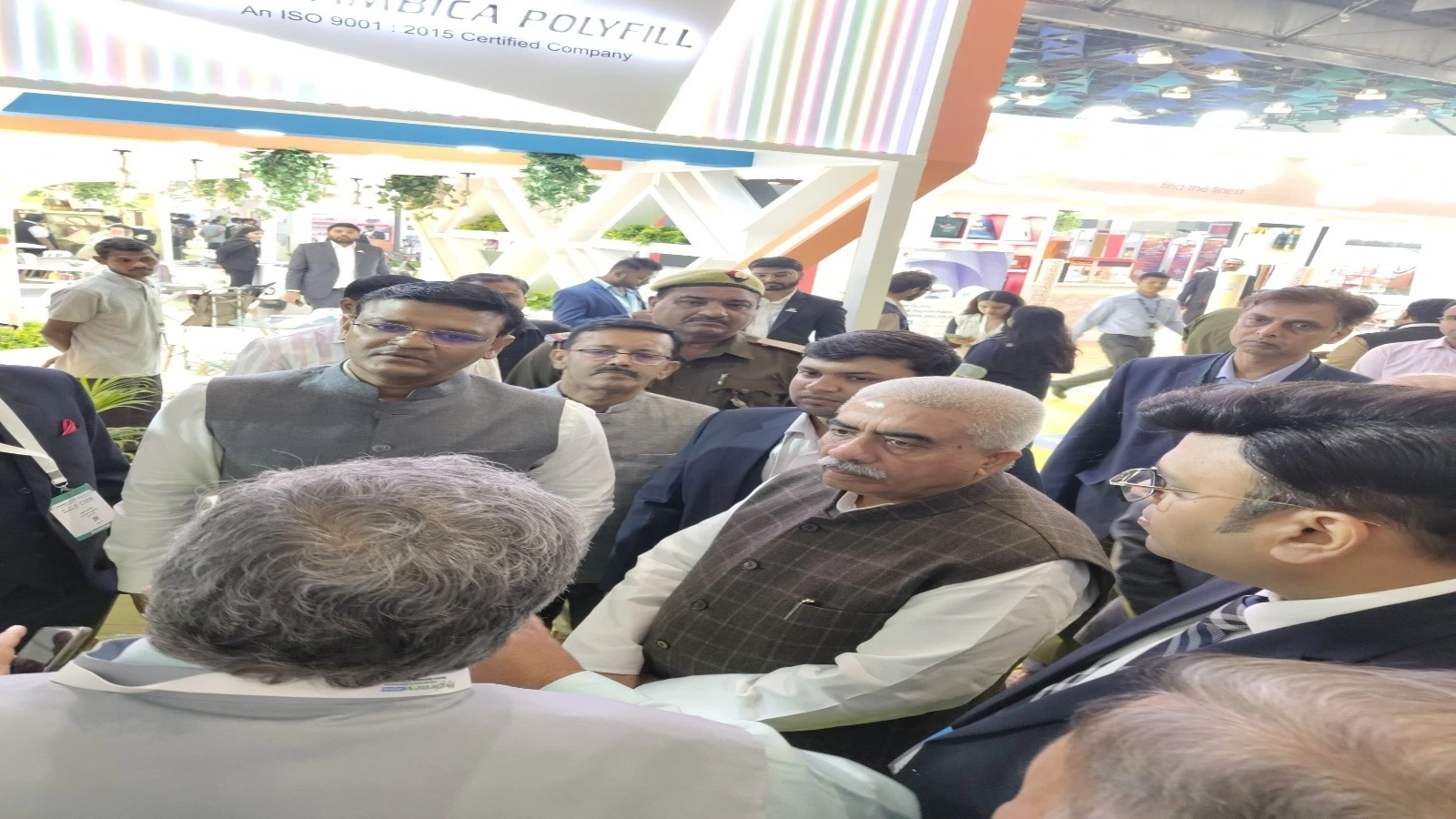


.jpg)
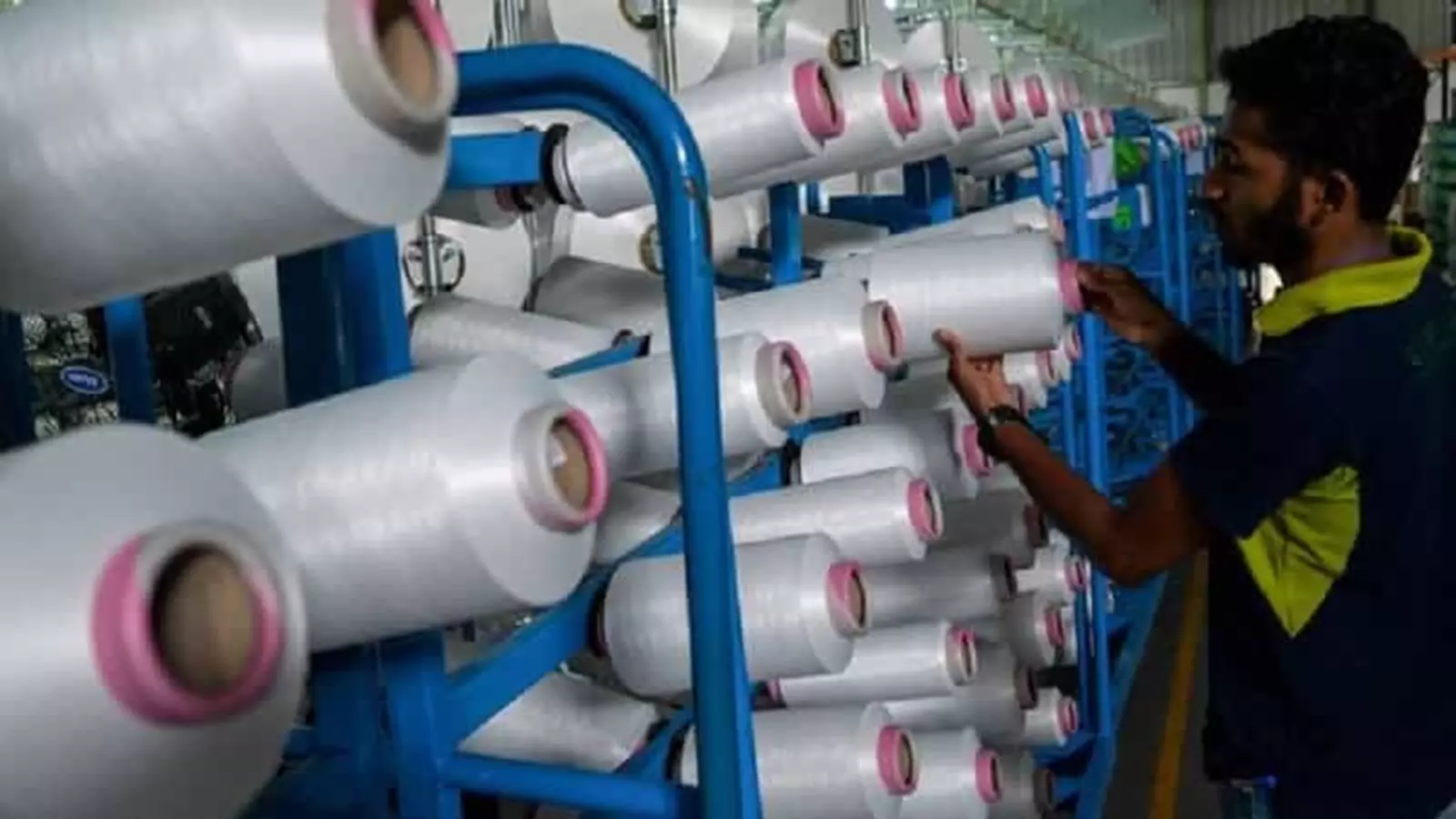
.webp)
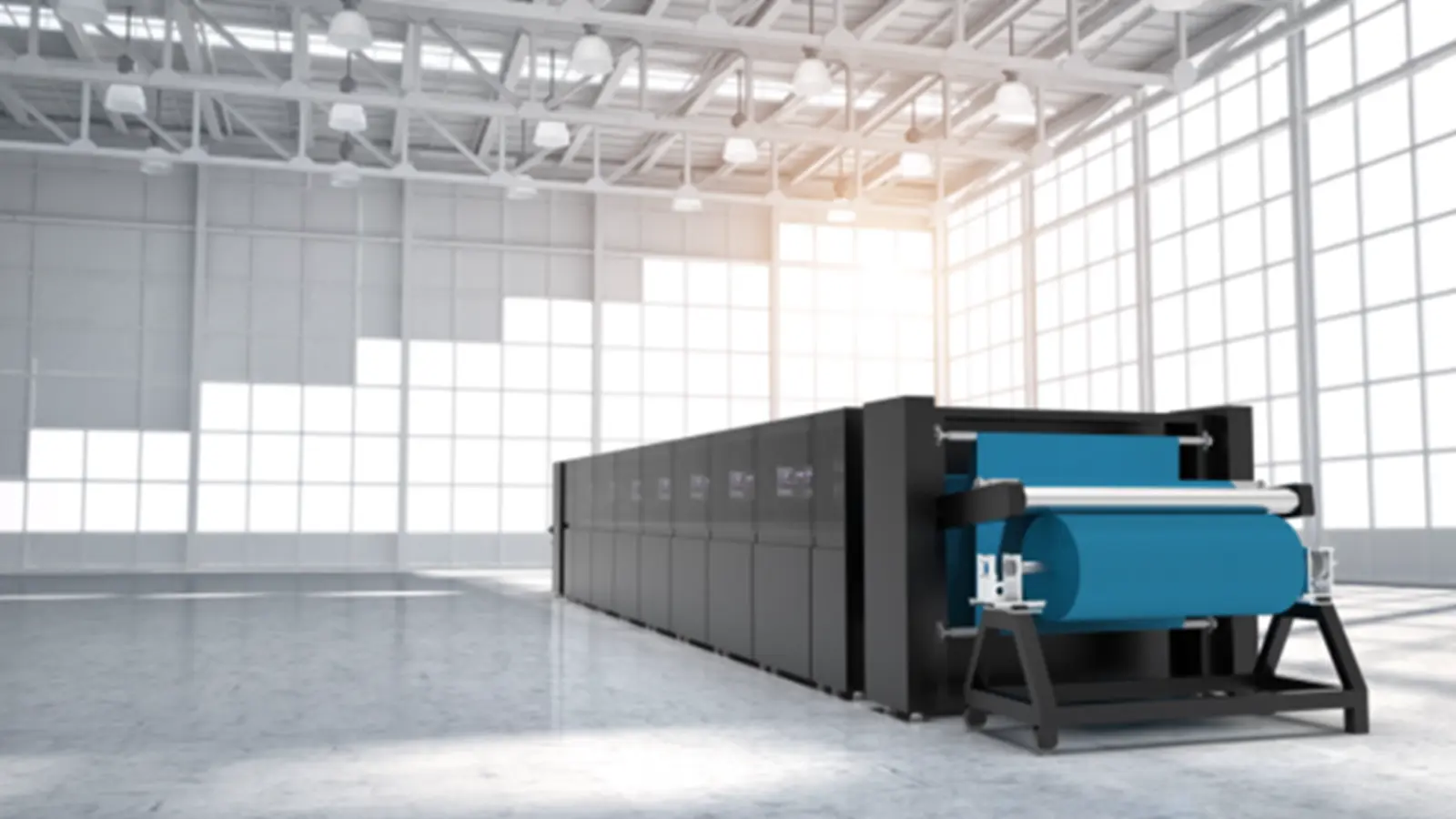




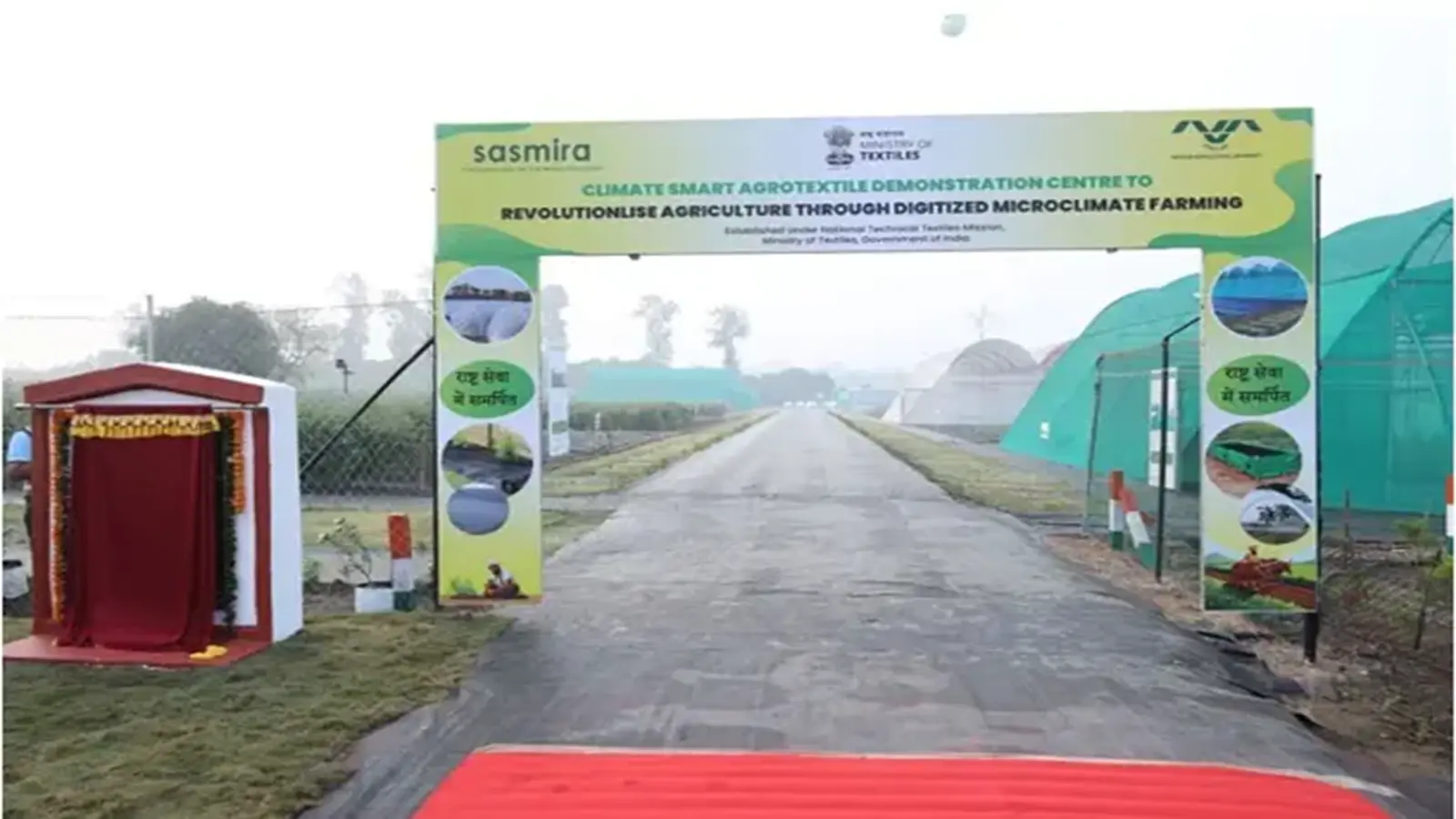
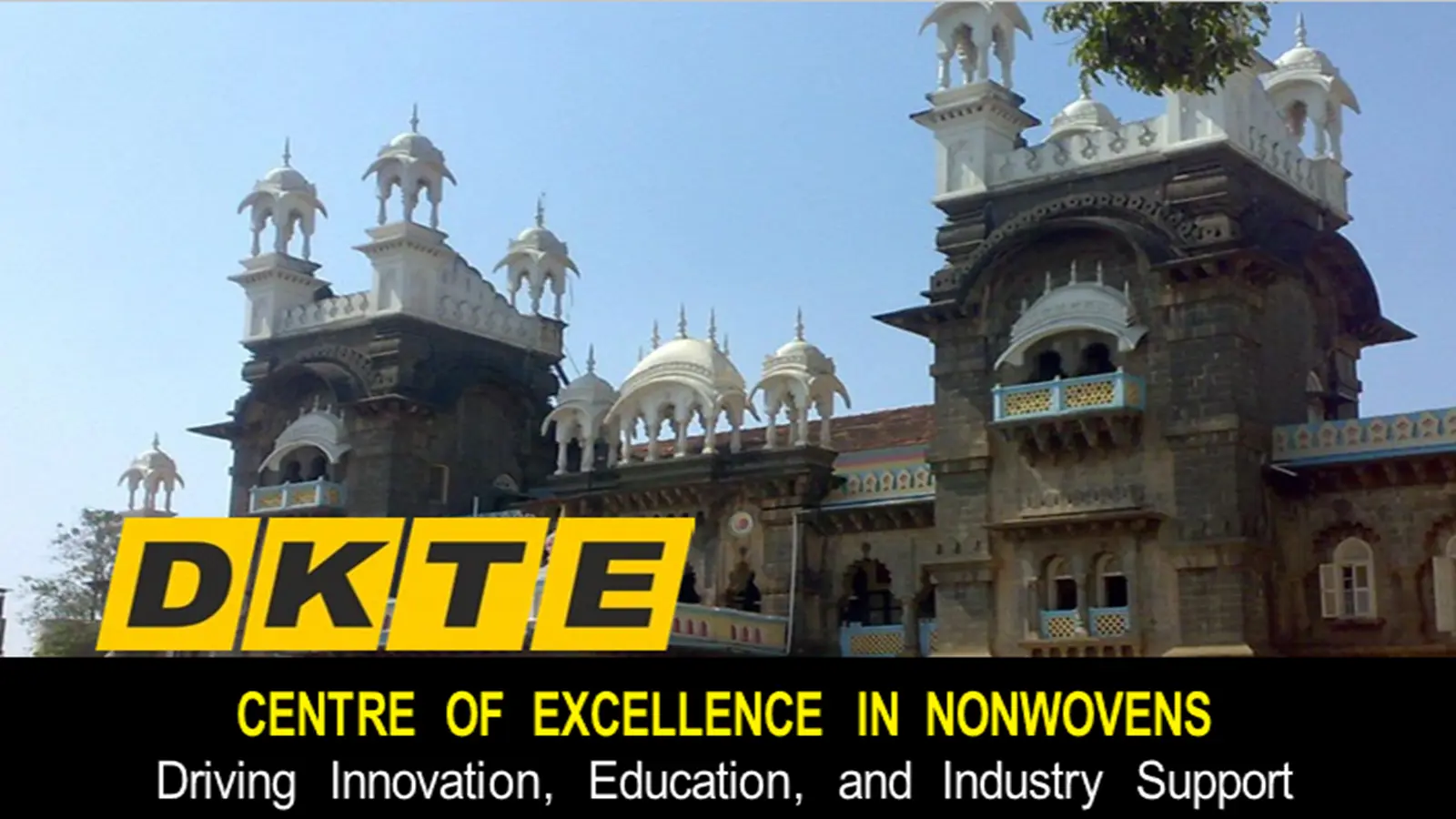











1.jpg)